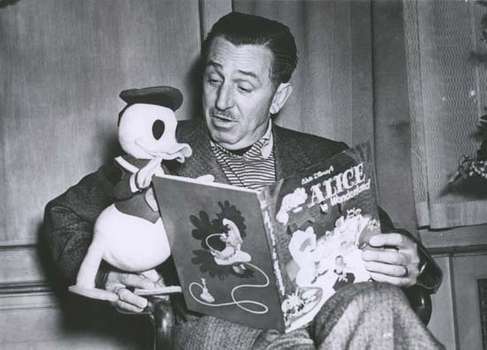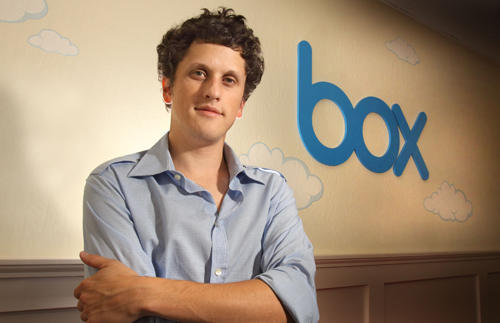Customer Experience Quotes
Here is one of the most inspiring Customer experience quotes to delight customers and develop superior service qualityIf e-mail has been around before the telephone was invented, people would have said, “Hey, forget e-mail! With this new telephone invention I can actually talk to people!”
– Thomas Friedman
Take away for CX Professionals
Your first preference should be two way communication.

Author is an expert in service quality. If you are looking for Customer Experience (CX) agency in Chennai, Bangalore, Mumbai, Delhi and across India, contact us.
Customer Experience Quotes
Here is one of the most inspiring Customer experience quotes to delight customers and develop superior service qualityEvery interaction creates a personal reaction.
– Bruce Temkin
Take away for CX Professionals
Customer interactions need more EQ than IQ.
Author is an expert in service quality. If you are looking for Customer Experience (CX) agency in Chennai, Bangalore, Mumbai, Delhi and across India, contact us.
Customer Experience Quotes
Here is one of the most inspiring Customer experience quotes to delight customers and develop superior service qualityI’d rather entertain and hope that people learned something than educate people and hope they’re entertained.
– Walt Disney
Take away for CX Professionals Keep things easy for customers rather than wasting your energies in customer education.
Author is an expert in service quality. If you are looking for Customer Experience (CX) agency in Chennai, Bangalore, Mumbai, Delhi and across India, contact us.
Customer Experience Quotes
Here is one of the most inspiring Customer experience quotes to delight customers and develop superior service qualityWe asked ourselves what we wanted this company to stand for. We didn’t want to just sell shoes. I wasn’t even into shoes – but I was passionate about customer service.
– Tony Hsieh
Take away for CX Professionals
Passion to serve is a minimum qualification for all employees, immaterial of the nature of organization.
Author is an expert in service quality. If you are looking for Customer Experience (CX) agency in Chennai, Bangalore, Mumbai, Delhi and across India, contact us.
Customer Experience Quotes
Here is one of the most inspiring Customer experience quotes to delight customers and develop superior service qualityThe two most important words I ever wrote were on that first Wal-Mart sign, ‘Satisfaction Guaranteed’. They’re still up there and they have made all the difference.
– Sam Walton
Take away for CX Professionals
Purpose to service quality is as simple as guaranteeing satisfaction every time.
Author is an expert in service quality. If you are looking for Customer Experience (CX) agency in Chennai, Bangalore, Mumbai, Delhi and across India, contact us.
Customer Experience Quotes
Here is one of the most inspiring Customer experience quotes to delight customers and develop superior service attitudeEverything that lives, lives not alone, not for itself.
– William Blake
Take away for CX Professionals
Collaboration & co-existence are at the heart of customer service excellence.
Author is an expert in Customer Service. If you are looking for Customer Experience (CX) Consultant in Chennai, Bangalore, Mumbai, Delhi and across India, contact us.
Customer Experience Quotes
Here is one of the most inspiring Customer experience quotes to delight customers and develop superior service attitudeShow customers how passionate the entire company is of what you do, and not just what you sell.
– Chinese Proverb
Take away for CX Professionals
Passion doesn’t stop when the sale is made, in fact it starts thereon.
Author is an expert in Customer Service. If you are looking for Customer Experience (CX) Consultant in Chennai, Bangalore, Mumbai, Delhi and across India, contact us.
Customer Experience Quotes
Here is one of the most inspiring Customer experience quotes to delight customers and develop superior service attitudeA man without a smiling face must not open a shop.
– Chinese Proverb
Take away for CX Professionals
All of us are natural smilers 🙂
Author is an expert in Customer Service. If you are looking for Customer Experience (CX) Consultant in Chennai, Bangalore, Mumbai, Delhi and across India, contact us.
Customer Experience Quotes
Here is one of the most inspiring Customer experience quotes to delight customers and develop superior service attitudeCourteous treatment will make a customer a “walking advertisement.”
– J.C. Penny
Take away for CX Professionals
Make it easy for customers to endorse you.
Customer Experience Quotes
Here is one of the most inspiring Customer experience quotes to delight customers and develop superior service attitude“Does it better” will always beat “did it first.”
– Aaron Levie
Take away for CX Professionals
Quality comes first.
Author is an expert in Customer Service. If you are looking for Customer Experience (CX) Consultant in Chennai, Bangalore, Mumbai, Delhi and across India, contact us.
Customer Experience Quotes
Here is one of the most inspiring Customer experience quotes to delight customers and develop superior service attitudeCustomer service is not a department, it’s everyone’s job.
– Ken Blanchard
Take away for CX Professionals
Service is an attitude and not a task.
Author is an expert in Customer Service. If you are looking for Customer Experience (CX) Consultant in Chennai, Bangalore, Mumbai, Delhi and across India, contact us.
Customer Experience Quotes
Here is one of the most inspiring Customer experience quotes to delight customers and develop superior service attitudeThe customer is not always right, but they are always your customer!
– Shep Hyken
Take away for CX Professionals
It doesn’t matter who’s right, any way!
Author is an expert in Customer Service. If you are looking for Customer Experience (CX) Consultant in Chennai, Bangalore, Mumbai, Delhi and across India, contact us.
Sign-up for collaborat newsletter
